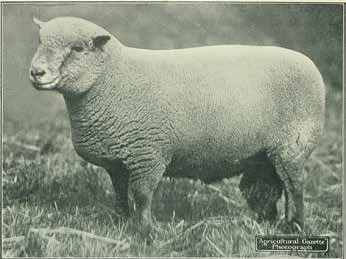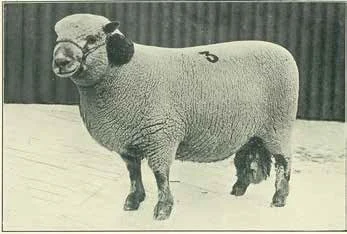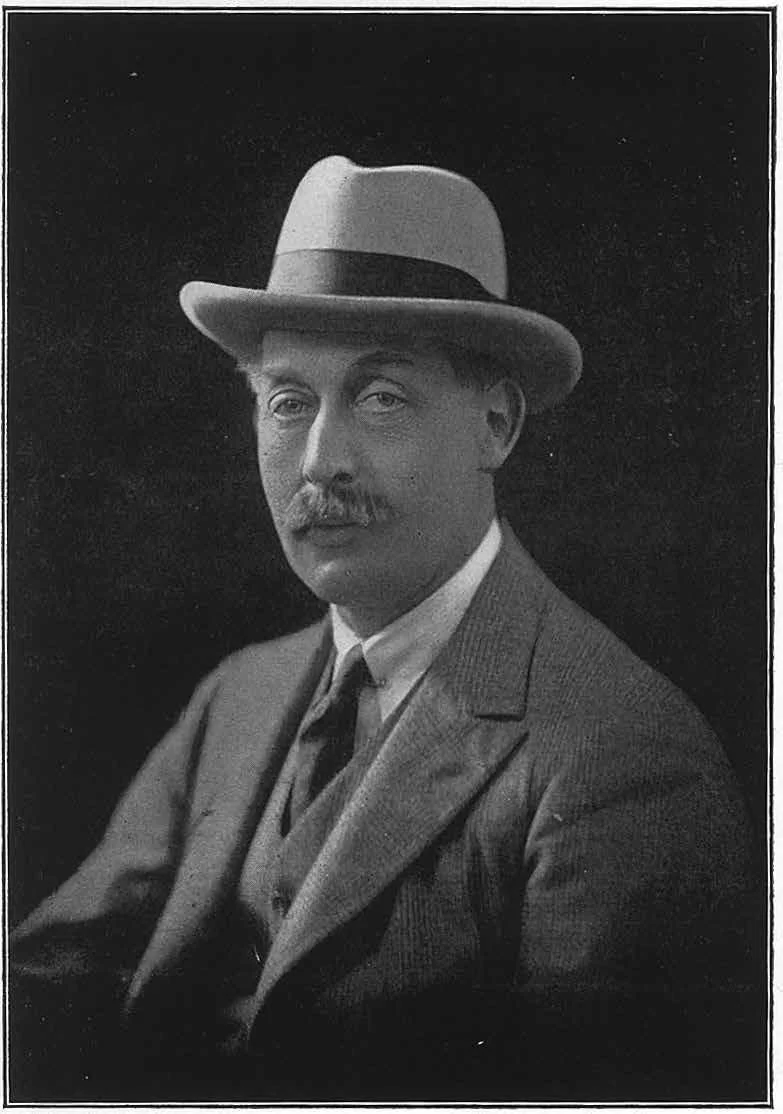The Southdown sheep is one of the oldest UK sheep breeds and the Southdown Flock Book similarly boasts illustrious beginnings.
First Prize Two-Shear and Champion Ram, Royal Show at Derby, 1921, exhibited by Lady Ludlow
One hundred years ago the 30th volume of the Southdown Flock Book was published, and the Southdown breed, and the Southdown Sheep Society, were already well known throughout the world.
And one hundred years ago the world was an interesting and very different place.
Here are just a few ‘highlights’ of what was happening in the world in 1921, when previous generations of Southdown breeders were publishing the 30th Flock Book:
Adolf Hitler had become Chairman of the Nationalsozialistische Deutsche Arbeiterpartei (Nazi Party) in his rise to power and prominence in Germany
In China, the Communist Party of China was formed with Mao Tse-tung (Zedong) as a founding member
Ku Klux Clan activities had become violent throughout the Southern United States
Russia was in the grips of The Great Famine, one of the worst famines in modern times, due to the failure of crops.
The Irish Free State was created, as Southern Ireland, and in London on 11th November the British Legion held the first official Poppy Day.
Foot & Mouth Disease was prevalent in some countries around the world
According to the Southdown Flock Book, Foot & Mouth Disease had restricted exports in 1921: 24 rams and ewes were shipped to Peru, 19 to the United States of America, 5 to France, 4 to Japan and 1 to New Zealand.
The preface to the Flock Book noted that “Southdowns at sales showed a considerable decrease in prices over 1920 figures, chiefly attributable to the unprecedented drought, fall in value of wool, and increased competition in the mutton market, but it is satisfactory to note that the Breed suffered less from the Depression generally speaking than any other of the pure breeds of English sheep”.
First Prize and Champion Ram, Chichester Show & sale, 1921, exhibited by Lady Ludlow.
Sale prices are quoted: at Chichester, the best price for rams was 80 guineas (roughly equivalent to £4000 today); the prize-winning pen of 50 Regular Draft Ewes were sold for £4 12s. per head (equivalent today to approximately £251 per head).
It was reported that in 1921, twenty-three new flocks had been accepted, bringing the total number of flocks registered in the present volume to 199, with a total of 49,937 ewes and 490 ewe lambs being put to the ram in 1921.
Prizes were given for Southdowns at all the principal shows in 1921, these included the Royal Agricultural Society, Royal Counties, Bath and West, Sussex County, Tunbridge Wells, Royal Norfolk and Suffolk - the prize money awarded is listed as totalling £184 17s. 0d. (which is approx. £9744 in today’s money!)
A browse through the 1921 Flock Book throws up names which are recognised by many members, their names immortalised in the silverware that bears their names: Langmead, Miller-Halllett, Bird, Dare, Tupper, Filkin, Virgil Pomphret and Hobgen. Each trophy awarded each year bears with it a substantial piece of Southdown history, and heritage.
First Prize Shearling and Champion Ewes, RASE Show at Derby, 1921. Exhibited by Sir Jeremiah Colman, Bart
Flock names too are part of the illustrious history of the long-established breed and breed society: Eartham, Gaddesden, Goodwood, Gatton Park and Broadreed.
The first flock listed in this Flock Book, and in many others, is the flock belonging to His Majesty The King, Sandringham, Norfolk. In 1921 The King is recorded as putting 200 ewes to the ram and using six rams.
The highest number of ewes put to the ram by one breeder in this year was 1070; this was flock number 290, belonging to Richard Brown of Landport, Lewes, Sussex. Many breeders are listed as putting well over 500 ewes to the ram.
Mr R. S. Hicks, President 1921
The Flock Competition in 1920 attracted 20 entries, the Flock Book notes that this is the “highest number secured since (they) were instituted”. One hundred years ago the three categories were rather different: Class A was for flocks of 350 ewes and over, Class B for flocks of under 350 and over 150 breeding ewes, and Class C for flock of under 150 breeding ewes.
One feature that has not changed in 130 years is the fact that each volume of the Southdown Flock Book includes a photograph of the current President. The 1921 Flock Book featured Mr R S Hicks who is listed as Reginald S Hicks of Wilbraham Temple, Cambridge, he put 399 ewes to the ram in the year in which he was President.
In the forthcoming Flock Book to be published early in 2022, we shall include the photograph of our current President, Mr Duncan Crundwell, building on 130 years of previous records and history.
[I can recall Hugh Clark of the Moulton Flock talking about many of the flocks and breeders who are included in the 1921 Flock Book, and whose flocks were still going strong when he founded his own flock in the 1950s. A browse through past Flock Books is a worthwhile way of spending a wet afternoon….or an evening by the fire. Editor]





